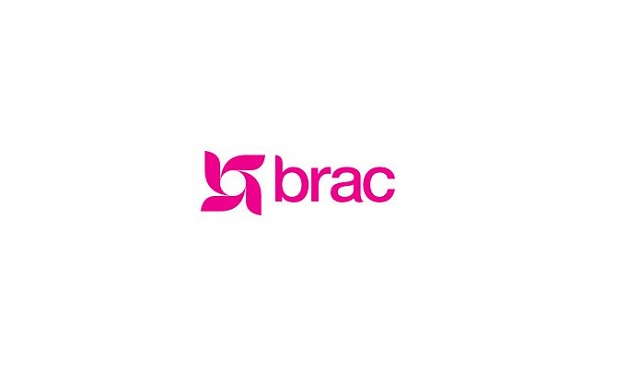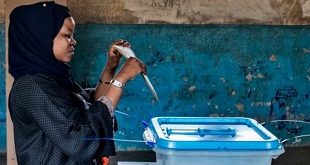
Kampala, Uganda | THE INDEPENDENT | Brac Uganda Bank limited has been granted a tier two credit institution license to be supervised by Bank of Uganda. The license means it can start receiving deposits, a move away from earlier mode where it only gave out micro-loans to rural women and small enterprises.
The license, which URN has seen, stipulates that Brac must deposit a minimum capital requirement of 1 billion shilling with Bank of Uganda on top of paying an initial license fee of 2m shillings.
“Brac should expedite the recruitment of head of human resources and training, head of internal audit and the head of banking as these positions are crucial to the provision of adequate senior management oversight over the institution,” reads the license in part.
Brac becomes the credit institution categorized in tier 2, joining Post bank, Mercantile Credit bank, Opportunity bank, and Top Finance bank.
In a statement, Brac said when it submitted the application late last year that it served more than 200,000 predominantly rural, female clients. It had more than 150 branches from nearly every district in the country.
The microfinance has been providing microloans to women (a basic loan ranges from $55 (200,000 Shillings) to $1,400(5m shillings).
They also gave out small enterprise loans for male and female business owners up to $10,000 (37 million shillings). Its current portfolio is around $45 million.
“In Uganda, it (Brac) was a Tier 4 institution, a category for unregulated credit-only NGOs, and money lenders. After the transformation, BRAC will become a regulated Credit Institution, under Tier 2, allowing it to expand its suite of services for clients – most notably, to savings accounts,” it said in a statement.
Brac will now be able to use the name bank and will be required to publish all its accounts every year. The credit institution will also require its members to have signatures for unique identification.
It plans to use biometric identification instead since many of its clients are illiterate and can’t sign.
“Using a signature to verify client identity is standard practice for other Tier 2 banks. But for Brac clients, many of whom are illiterate, signatures are often inconsistent and unreliable,” it said.
Brac’s model has particularly be popular with donors, including MasterCard foundation, UNFPA, OAK Foundation, and the World Bank because of the clients it targets – low-income rural women (and men) who are mostly shunned by established banks of the risk they pose.
Having a regulator, Bank of Uganda, overlooking Brac’s activities is expected to give people confidence to open savings accounts with it.
The biggest shareholder will be required to hold not more than 49% in the bank.
*****
URN
 The Independent Uganda: You get the Truth we Pay the Price
The Independent Uganda: You get the Truth we Pay the Price


